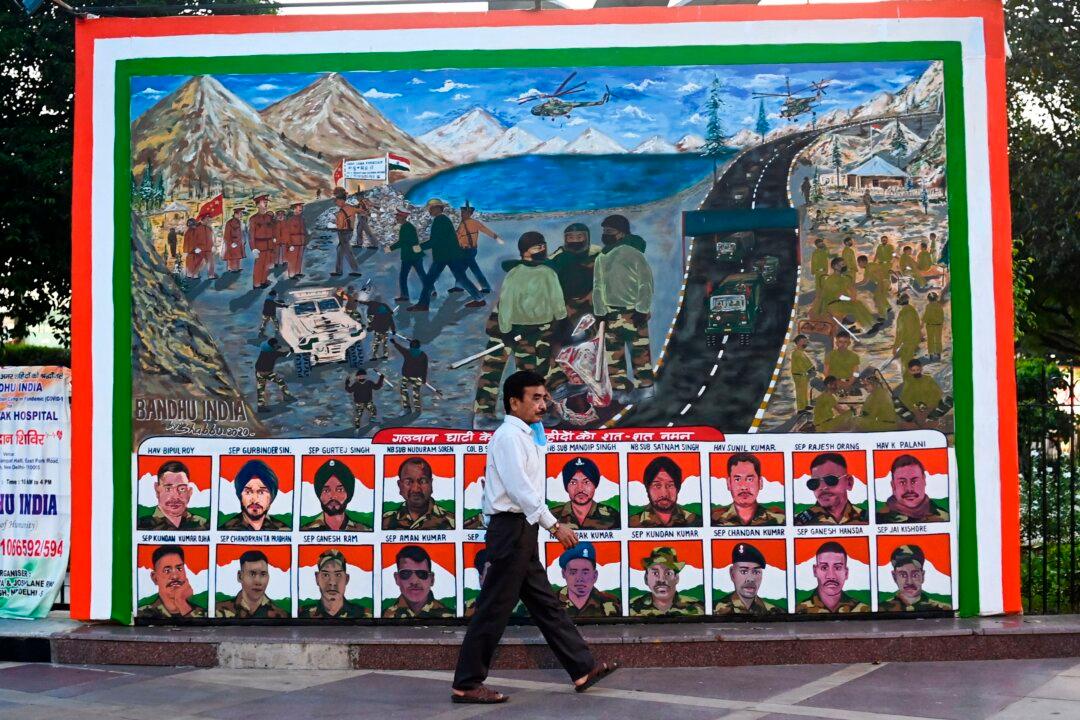NEW DELHI—On the occasion of its 72nd Republic Day on Jan. 26, India honored its soldiers martyred in a bloody conflict with the People’s Liberation Army in Galwan valley on June 15, 2020, and for the first time ever gave a detailed description of what transpired between the two armies in the trans-Himalayan heights of Ladakh.
In the clash at Galwan that India calls Operation Snow Leopard, which occurred due to an Indian bridge project on the Galwan River, 20 Indian soldiers and an unknown number of Chinese soldiers lost their lives.





